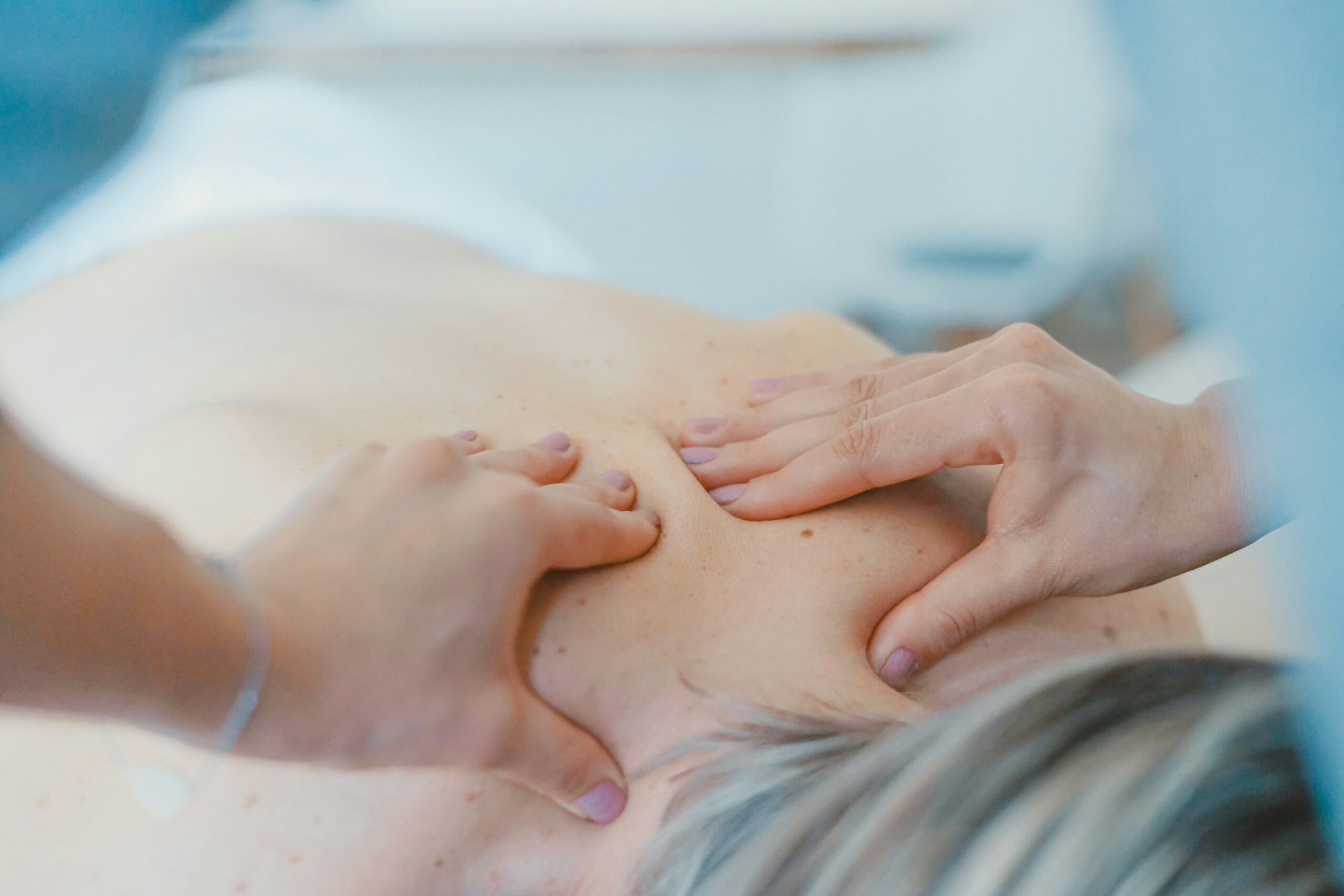Three Techniques to Apply During Massage Sessions
Massage therapy is an ancient practice that has evolved into a vital component of modern wellness. Whether used for relaxation, pain relief, or injury recovery, applying the right techniques can greatly enhance the effectiveness of a massage session. Here are three essential massage techniques—effleurage, petrissage, and friction—that can improve the overall experience for both the therapist and the client.
1. Effleurage – The Foundation of Every Massage
Effleurage is a fundamental massage technique characterized by long, gliding strokes that are typically performed with the palms, fingers, or forearms. This technique is often used at the beginning and end of a session to warm up or cool down the muscles, promoting relaxation and preparing the body for deeper work.
Effleurage helps increase blood circulation, which enhances oxygen and nutrient delivery to tissues while flushing out toxins. It also stimulates the lymphatic system, aiding in the removal of waste and reducing swelling. The pressure can be light or deep, depending on the client’s needs and comfort level. Light effleurage is commonly used for relaxation, while deeper strokes can help with muscle tension and soreness.
When applying effleurage, it is essential to maintain a steady rhythm and consistent pressure to create a soothing effect. Using massage oil or lotion ensures smooth movements and prevents friction against the skin.
2. Petrissage – Kneading for Deep Muscle Relief
Petrissage is a kneading technique that involves lifting, squeezing, and rolling the muscles between the hands, thumbs, or fingertips. This method is particularly effective in breaking down knots, increasing circulation, and improving flexibility. Petrissage is commonly used in sports massage and therapeutic sessions where deep muscle tension needs to be addressed.
The benefits of petrissage include stimulating the nervous system, promoting relaxation, and enhancing the elasticity of muscles and connective tissues. It is especially useful for relieving stiffness, improving mobility, and reducing muscle fatigue.
To perform petrissage effectively, the therapist should apply firm but controlled pressure, ensuring that the movements are fluid and rhythmic. This technique is most beneficial when used after effleurage, as the muscles will already be warmed up and more receptive to deeper manipulation.
3. Friction – Targeting Deep Tissue and Adhesions
Friction is a powerful massage technique that focuses on breaking down scar tissue, adhesions, and deep-seated muscle tension. It involves applying deep, concentrated pressure using the fingertips, thumbs, or knuckles in small, circular, or cross-fiber movements.
Friction is particularly beneficial for treating chronic pain conditions, such as tendonitis or tight fascia. It helps increase localized blood flow, reduce inflammation, and improve tissue healing. However, due to its intensity, friction should be used with caution to avoid causing discomfort or irritation.
Massage therapists should always communicate with clients when applying friction to ensure the pressure is tolerable. This technique is best integrated with other methods to create a balanced and effective session.
Conclusion
Effleurage, petrissage, and friction are three essential techniques that can enhance any massage session. By incorporating these methods, massage therapists can provide relief, relaxation, and therapeutic benefits tailored to each client’s needs. Proper technique application, combined with good communication, ensures a safe and effective massage experience.

Leave a Reply